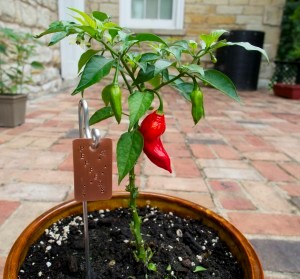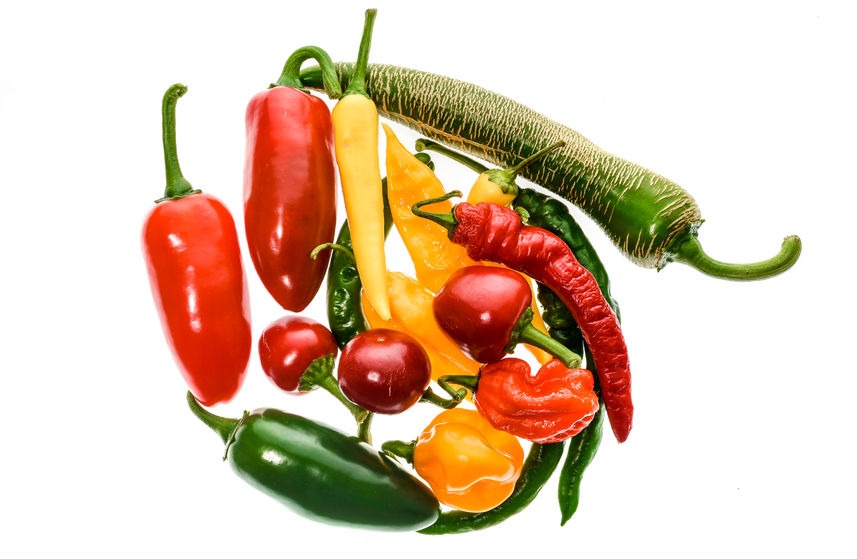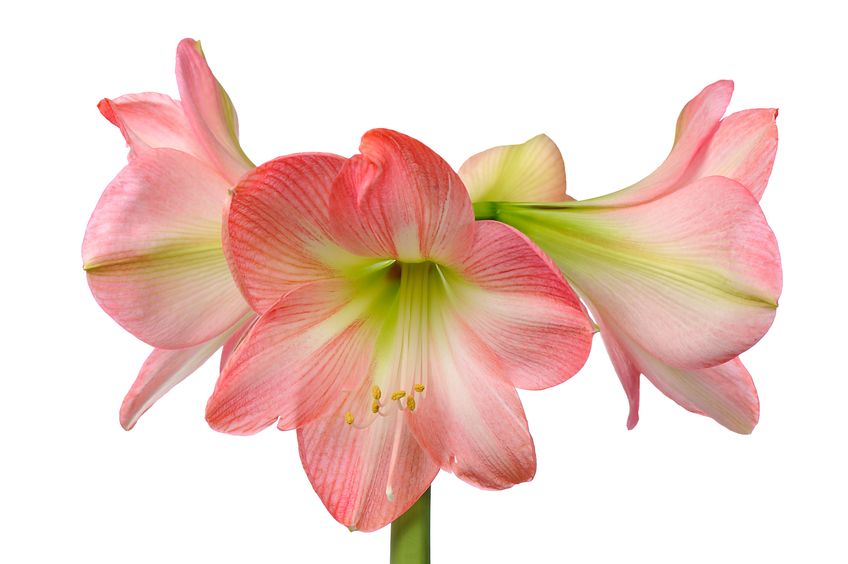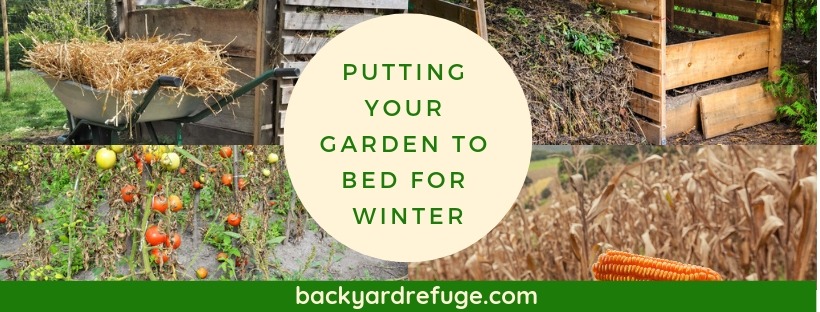How To Overwinter Peppers
Right around the end of July, I found myself almost unconsciously heading over to the local garden center. (I guess sometimes your love of gardening can make you do crazy things.) To my delight, I saw that they still had a variety of pepper plants. Knowing that my wife, a fanatic of pepper plants, would appreciate a new pepper plant or two, I picked up a small habanero and ghost pepper plant.
At the time of purchase, each of these plants had a couple peppers on them, as you can see from the pictures below.


The plants did well for the last couple of weeks of the growing season. All of the original ghost peppers reached maturity and the habanero plant set out 2 mature habaneros. However, I found myself wishing that I could keep growing these little plants throughout the winter. Well, with a little bit of research, I found that I could!
As it turns out, pepper plants are perennial plants–meaning, they can live several years or even decades! However, most areas where people grow them are too cold for peppers to survive in the winter, so growers treat them like annuals and throw them away at the end of the season.
So, how do you keep your pepper plant from dying over the winter? Overwinter it!
Overwintering peppers
The first step to overwintering pepper plants is to take a hose and set it to a sharp stream and spray the entire plant down. This is necessary to knock pests, such as aphids, off the plants before you bring them inside. You should pick a day that isn’t too far near the end of the growing season to hose them so that you ensure the health of your pepper plant isn’t compromised by the cold weather.
After hosing down the plant, let it sit outside for a day or two to recoup from the hosing and then bring it inside.
The plant should be set near a sunny and well-insulated south-facing window. Try not to let your house get too cold. This means above 50 degrees Fahrenheit at night and above 65 during the day. Water your plant sparingly, but thoroughly. This means anywhere between once a week to once a month. I usually water my own plants once they start looking droopy and fertilize lightly once a month or less.
While overwintering your peppers, you might notice that flower are still blooming. If you’re willing, you can try hand-pollinating the flowers! This is extremely easy–all you have to do is take a Q-tip or paintbrush and swirl the tip inside a few flowers. The pollen will transfer from flower to flower, and if you did a good job, you might get a pepper or two!

I did this and currently have 3 baby habaneros on my overwintered plant (2 months after bringing it in and 2.5 weeks after hand-pollination).
I also grew two more ghost peppers by hand-pollinating as well!
Other tips for overwintering peppers
- Some peppers overwinter better than others. For instance, jalapeños are notoriously difficult to overwinter. I would know, as mine already died.
- It’s a good idea to prune your pepper plant to make it more manageable indoors. This will also help it to promote growth later on and form sturdier stems.
- If you’re thinking about overwintering a pepper plant, think about starting it in a container. This will help transition it to becoming a container plant for the winter.
- Don’t worry if some leaves start drooping, browning, and falling off when you take the plant indoors. It may just be acclimating to its new environment (e.g., lack of sunlight/temperature changes).
With just a little bit of care, overwintering peppers can be a great and fun way to keep a little bit of your summer garden around!
If you need more information on preparing your garden for winter, check out our article on putting your garden to bed for winter!






